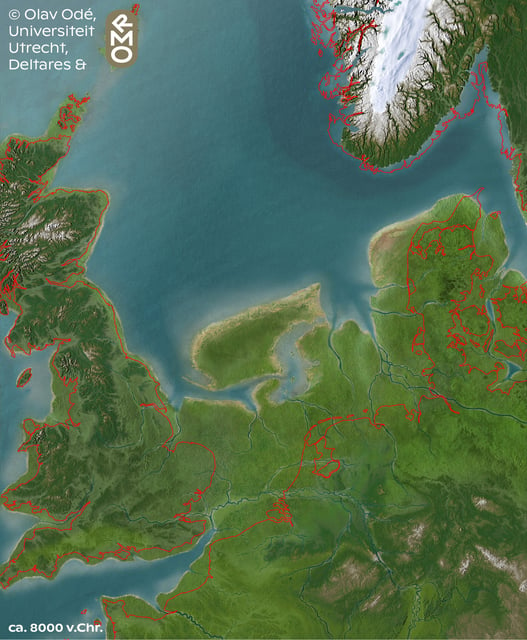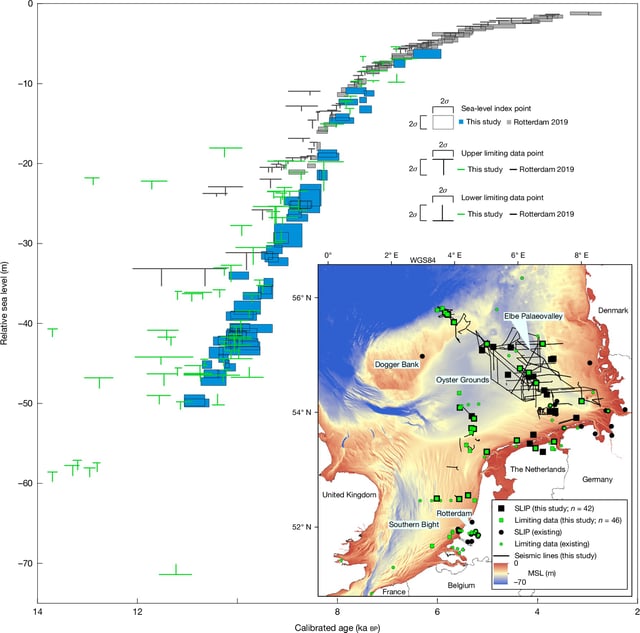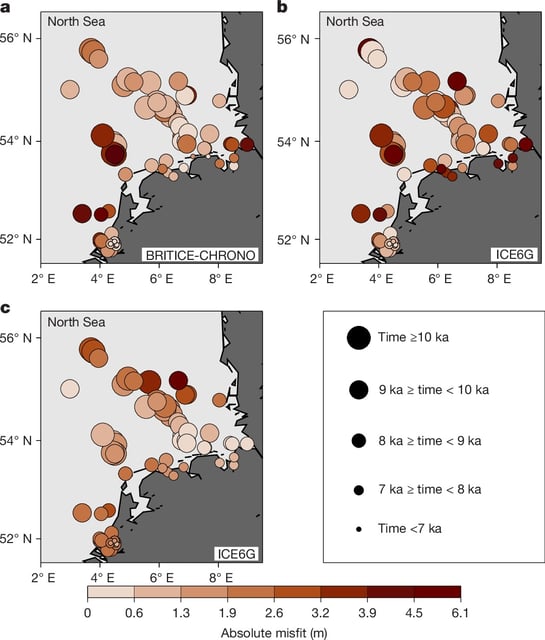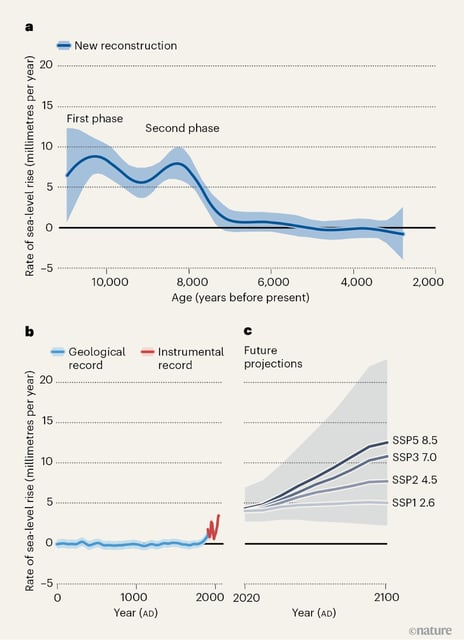Overview
- Researchers identified two distinct phases of rapid sea level rise, occurring around 10,300 and 8,300 years ago, driven by ice sheet melting and global warming.
- The study confirms a total global sea level rise of approximately 38 meters between 11,000 and 3,000 years ago, resolving prior uncertainties.
- Submerged peat layers from Doggerland in the North Sea provided high-resolution data, enabling precise reconstructions of early Holocene sea level changes.
- The findings highlight the interaction between climate, ice sheets, and sea level, offering valuable insights for understanding future climate change impacts.
- Modern sea level rise poses greater risks due to population growth and infrastructure, underscoring the relevance of historical data for policymaking and adaptation strategies.



